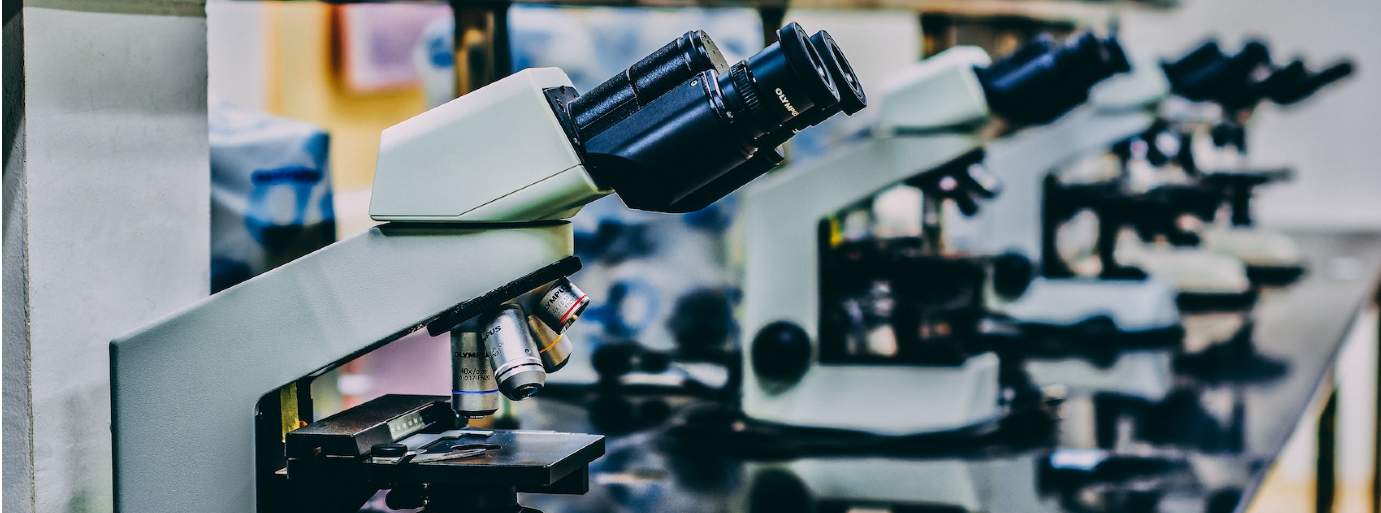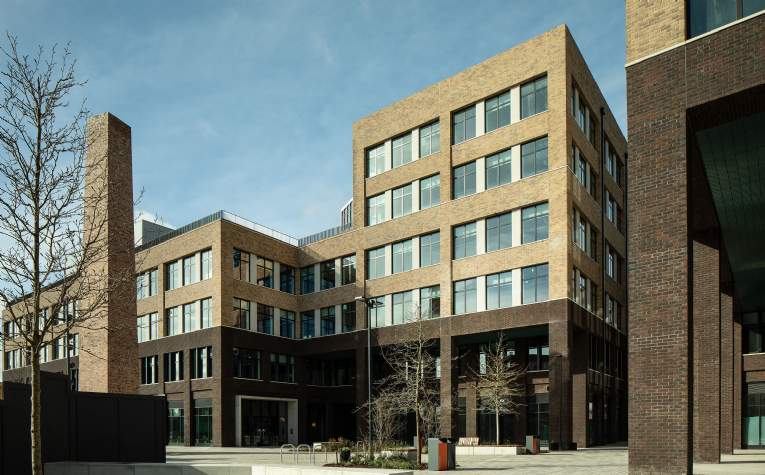It’s becoming increasingly evident that science is the only true exit strategy for the current pandemic. Over the past few weeks we have been fortunate to speak to several world leading pharmaceutical, life science and research organisations to get their view on what is happening during these unprecedented times. Several interesting themes have become evident.
It’s apparent that significant levels of collaboration are taking place between Government, business and the academic community. Although collaboration has always happened across the life science sector, current initiatives have taken this to a new level.
At the time of writing, there are five or six prime strategic approaches taking place around the world to define a vaccine, but it is clear that collaboration and sharing information is critical in expediting a solution(s), as it will take approximately 12 months to ensure it is viable.
Across the globe, researchers are making astonishing efforts to understand the virus in addition to developing science-based solutions. Although North America has always been the catalyst for most life science research and development (and a significant proportions of venture capital funding), the UK’s golden triangle of Oxford, Cambridge and London is now playing a key role.
Consequently, demand for office and lab space across the triangle will remain strong. By its very nature and size, London will remain an attractive destination and life science office and lab take-up is likely to increase by 10 per cent year-on-year.
Cambridge is already a mature market, but space is scarce with vacancy rates of around 8 per cent (lab space vacancy was just 2 per cent as of Q1 2020), so demand is likely to outstrip supply for space within key locations.
Investment demand for new office and lab space will also continue to be strong due to solid macro and micro fundamentals. With so many requirements for space in and around Cambridge, owner occupiers and tenants will need to ensure that they have identified key strategic locations in order to support their business plans.
Once a vaccine has been developed, it will likely be manufactured on a global scale, which will require more manufacturing and storage/logistics capacity. There are approximately 7.6 billion inhabitants on the planet and, with an average vaccine manufacturing facility producing around 1 million vaccines per year, it’s easy to do the maths on how many potential new facilities will be needed. For this reason we need to commence development now in order for them to be online and ready.
Property is clearly not the solution to the Covid-19 pandemic, but it has a key role to play. Life science experts believe that a further US$10 billion plus needs to be spent globally in order to fund the immediate research, treatments and vaccines that will ensure the world has the capacity to manufacture and deliver multiple responses to the virus.
Further information
Read more: Spotlight: Life Science – Trends & Outlook


.jpg)

.jpg)
.jpg)

.jpg)